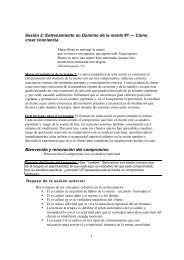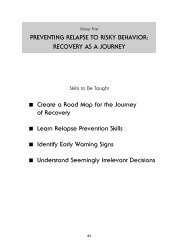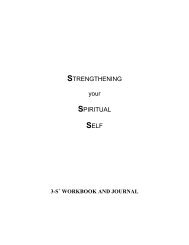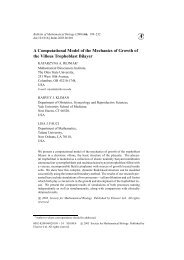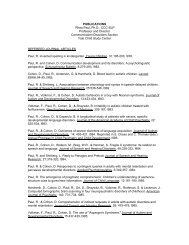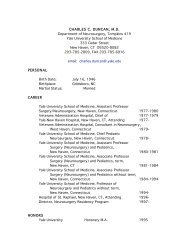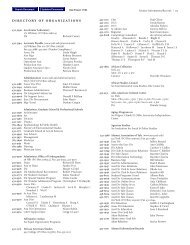The Spiritual Self Schema (3-S) Development Program
The Spiritual Self Schema (3-S) Development Program
The Spiritual Self Schema (3-S) Development Program
Create successful ePaper yourself
Turn your PDF publications into a flip-book with our unique Google optimized e-Paper software.
pattern, such as victim, aggressor, failure, addict, critic.<br />
<strong>The</strong>n, using the <strong>Self</strong>-<strong>Schema</strong> Check-In Log (available as a<br />
Worksheet at the end of this text), enter the name you gave this selfschema<br />
in the space provided on the Log, and rate (from 0% to 100%)<br />
the extent to which you were able to experience and express your<br />
<strong>Spiritual</strong> nature while this particular self-schema was being accessed.<br />
If you find that you forget to do your self-schema check-ins<br />
three times each day, examine and modify your cues-to-action, and<br />
try again. Do not proceed to the next step until you have been able to<br />
conduct <strong>Self</strong>-<strong>Schema</strong> Check-Ins three times a day for at least one<br />
week.<br />
Step 6: Week-End Review<br />
Reflect. At the end of the week, review your <strong>Self</strong>-<strong>Schema</strong> Check-<br />
In Log and reflect on the following:<br />
1. what self-schema was most frequently activated during the week?<br />
2. what self-schema was most incompatible with the experience and<br />
expression of your <strong>Spiritual</strong> nature?<br />
When you reflect on the self-schema that was most incompatible<br />
with the experience and expression of your <strong>Spiritual</strong> nature, try to<br />
identify those daydreams (patterns of mind wandering), cognitive<br />
scripts, and behavioral action sequences that were associated with this<br />
self-schema during the week, together with the internal or external cues<br />
that activated them [for example, perhaps a habitual emotional<br />
response pattern, such as anger (an internal cue) activated a particular<br />
cognitive script (e.g., angry thoughts) as well as potentially harmful<br />
verbal or behavioral action sequences (e.g., angry words or actions].<br />
Rehearse (visualization). Visualize the screen once again, this<br />
time imagine that you are viewing the actor enacting the self-schema<br />
that was most incompatible with the experience and expression of your<br />
<strong>Spiritual</strong> nature last week. As you watch the performance, imagine<br />
picking up the remote control device and rewinding the tape, stopping<br />
23



